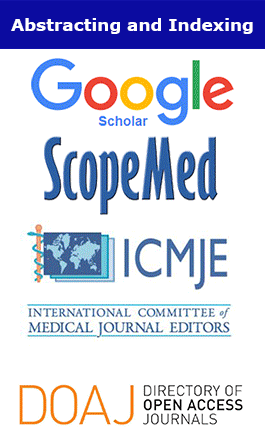Anti-Hypercholesterolemic and Anti-Atherogenic Potential of Aqueous Extract of Dansonia Digitata Stem Bark Induced By Heated Palm Oil Supplemented With Egg in Rat
Bonabe Christian*, Ntchapda Fidèle, Atsamo Albert Donatien, Miaffo David, Bekono Fouda Yannick and Dimo Théophile
Abstract
Aim: To investigate the antihypercholesterolemic and anti-atherogenic effects of Adansonia digitata (AD.) in in heated palm oil/cholesterol supplemented with egg in rat.
Methods: Quantitative phytochemical screening of aqueous extract of A. digitata was carried out to identify the phytoconstituents. In vitro and in vivo antioxidant potential was evaluated. The antihypercholesterolemic and anti-atherosclerosis activity of A. digitata was evaluated by inducing hypercholesterolemia in rats with heated palm oil/cholesterol diet supplemented with egg for 10 weeks. At the end of induction period, animals were divided into 5 groups of 8 rats each after 6 weeks of induction: Group I (normocholesterolemic rat, NCR), Group II (hypercholesterolemia rat, HCR), Group III (Atorvastatin 2 mg/kg), Groups IV (AD. 100 mg/kg) and V (AD. 200 mg/kg). Hemodynamic parameters, lipid profile, atherogenic indices and oxidative stress markers were evaluated.
Results: A digitata significantly reduced the systolic arterial blood pressure (SBP), diastolic arterial blood pressure (DBP), pulsatile pressure (PP) and heart rate. Plant extract reveal important flavonoids and phenolic contents and has significant in vitro and in vivo antioxidant efficacy. Both doses 100 and 200 mg/kg of A. digitata or atorvastatin significantly attenuatedthe lipid levels, atherogenic indices and histological abnormalities and significantly (p < 0.01) increased increase the high-density lipoprotein cholesterol (HDL-c) level.
Conclusion: The aqueous extract of A. digitata possessed antihypercholesterolemic and anti-atherogenic effects via modulation overproduction of reactive oxygen species and endothelial dysfunction.


